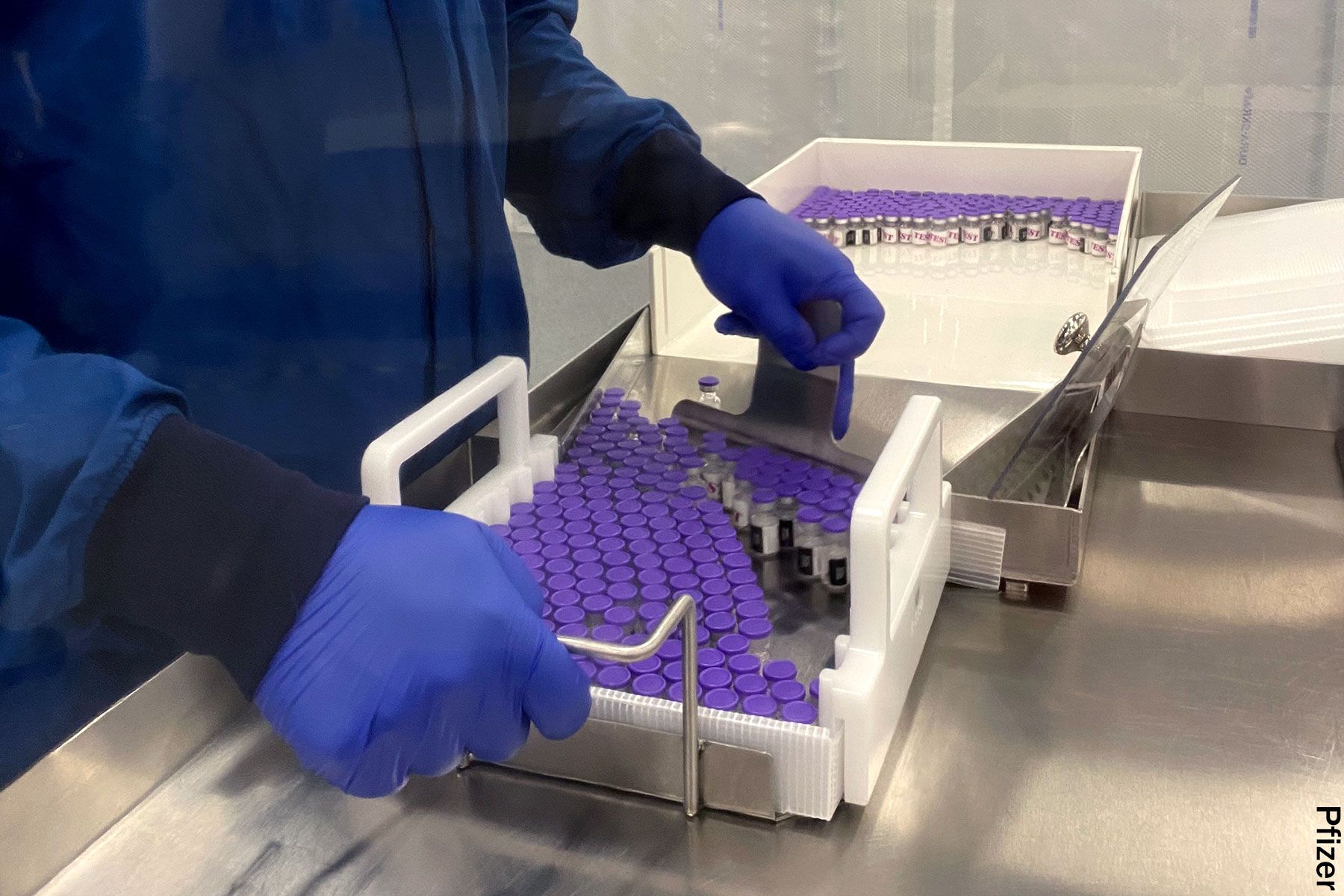A Practical Approach to Relieving Muscle Pain
Muscle pain is a common issue that can hinder your ability to move and function effectively. Taking a practical and proactive approach to address this discomfort can lead to faster recovery and long-term benefits.

Muscle pain is a common issue that can hinder your ability to move and function effectively. Taking a practical and proactive approach to address this discomfort can lead to faster recovery and long-term benefits. This guide outlines evidence-based strategies to relieve muscle pain and improve your overall well-being.
Understanding Muscle Pain
Muscle pain, or myalgia, stems from various causes, including:
-
Overuse: Intense physical activity or repetitive motions.
-
Inadequate Warm-Ups: Starting workouts without preparation.
-
Stress and Tension: Emotional stress often results in muscle tightness.
-
Injuries: Strains, sprains, or small muscle tears.
-
Health Conditions: Issues like arthritis or fibromyalgia.
Identifying the source of pain helps you choose the most effective relief methods.
1. Prioritize Rest
Giving your muscles time to recover is crucial. To optimize rest:
-
Pause Strenuous Activity: Avoid exercises that could worsen the pain.
-
Incorporate Gentle Movement: Light activities like walking can prevent stiffness.
-
Focus on Sleep: Quality rest supports muscle repair.
2. Apply Heat and Cold Therapies
Alternating between heat and cold can provide significant relief:
-
Cold Applications: Use ice packs to reduce swelling and numb acute pain.
-
Heat Applications: Heating pads or warm baths increase blood flow and relax muscles.
Use each therapy for 15-20 minutes at a time for optimal results.
3. Stretch and Stay Flexible
Stretching reduces muscle tension and enhances flexibility:
-
Dynamic Stretches: Prepare your body for physical activity.
-
Static Stretches: Cool down after exercise to minimize soreness.
-
Daily Routine: Dedicate time each day to stretch key muscle groups.
4. Explore Over-the-Counter Remedies
Effective over-the-counter options include:
-
Pain Relievers: Medications like ibuprofen can alleviate inflammation.
-
Topical Treatments: Creams containing menthol or capsaicin target localized pain.
Follow usage instructions to avoid adverse effects.
5. Stay Hydrated
Proper hydration is essential for muscle health. To maintain hydration:
-
Drink Water Consistently: Aim for at least eight glasses a day.
-
Replenish Electrolytes: Consume drinks with potassium, magnesium, and sodium after exercise.
6. Nourish Your Body with Healing Foods
A balanced diet aids recovery and reduces inflammation. Focus on:
-
Protein-Rich Foods: Support muscle repair with chicken, fish, or legumes.
-
Anti-Inflammatory Choices: Include foods like turmeric, ginger, and green leafy vegetables.
-
Hydrating Fruits: Watermelon and oranges help with hydration and recovery.
7. Massage Therapy for Relief
Massages can effectively relax tight muscles and promote circulation:
-
Self-Massage: Use tools like massage balls or your hands.
-
Foam Rolling: Relieve knots and tension with foam rollers.
-
Professional Massage: Schedule sessions for more targeted treatment.
Enhance massages with essential oils such as lavender for relaxation.
8. Wear Supportive Compression Gear
Compression garments aid muscle recovery by improving circulation:
-
Socks and Sleeves: Reduce swelling and discomfort.
-
Comfortable Fit: Ensure the gear is snug but not restrictive.
9. Engage in Gentle Exercises
Low-impact activities help improve mobility without overloading muscles:
-
Walking: A simple way to stay active.
-
Yoga and Stretching: Enhance flexibility and relieve tension.
-
Water Aerobics: Offers resistance without straining joints.
Adjust the intensity to match your recovery phase.
10. Explore Natural Remedies
Many natural approaches can complement conventional care:
-
Epsom Salt Soaks: A warm bath with Epsom salts relaxes muscles.
-
Herbal Remedies: Chamomile tea and turmeric reduce inflammation.
-
Arnica Gel: A natural topical treatment for pain and swelling.
11. Maintain Proper Posture
Poor posture can exacerbate muscle pain. Tips for improvement include:
-
Ergonomic Workspaces: Use adjustable chairs and monitor stands.
-
Core Exercises: Strengthen your core to support your spine.
-
Frequent Breaks: Avoid sitting for extended periods.
12. Prevent Future Pain
Consistent preventative measures minimize the risk of recurring muscle pain:
-
Warm Up Thoroughly: Always prepare your body for physical activity.
-
Cool Down: Stretch after workouts to prevent stiffness.
-
Vary Exercises: Avoid overworking the same muscle groups.
13. Build Strength Gradually
Strength training can help prevent muscle pain by improving resilience:
-
Resistance Bands: A low-impact way to build strength.
-
Bodyweight Exercises: Push-ups and squats improve stability and flexibility.
-
Progressive Load: Gradually increase intensity to avoid injury.
14. Leverage Technology
Modern tools can enhance pain management:
-
Massage Guns: Target sore areas with percussive therapy.
-
Heating Pads: Consistently apply warmth for relief.
-
TENS Units: Use electrical stimulation to reduce discomfort.
15. Seek Professional Advice
Persistent or severe muscle pain may require medical attention:
-
Physical Therapy: Tailored programs address specific issues.
-
Chiropractic Care: Adjustments can relieve tension and improve alignment.
-
Medical Consultations: Rule out underlying conditions like fibromyalgia or arthritis.
Conclusion
A practical approach to relieving muscle pain involves a combination of rest, targeted therapies, and preventive strategies. By integrating these tips into your routine, you can effectively manage discomfort and support long-term muscle health. Don’t hesitate to seek professional help if needed, and commit to practices that promote a pain-free lifestyle.
What's Your Reaction?













